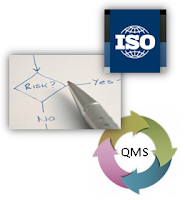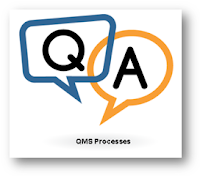When a company is transitioning from the 2008 version of ISO 9001 to the 2015, which version must the company comply with?
For example:
A company has an existing ISO 9001:2008 certification.
From now, to when a 2015 based certification will be obtained (in several months’ time, after an audit) - does the company have to comply with ...
the 2008 version?
the 2015 version?
or both ?!
There are two deadlines when transitioning to the new version of ISO 9001:2015:
1) September 2018 – 3 years since ISO 9001:2015 was released. During this time, ISO 9001:2008 QMS certification is valid.
2) Organization’s recertification date (closest certification audit).
A date that comes first is considered to be the deadline.
Before the deadline, the organization should:
-
Train the personnel on the new version of ISO 9001;
- Design and implement the missing processes;
- Adopt new documented information structure (by the decision of the Organization);
- Develop the missing documented information;
- Conduct internal QMS audit for compliance with ISO 9001:2015.
It is advisable to do the transition gradually and implement in process of readiness (start actions to address risks and opportunities in each QMS process, gather context of the organization information and consider it during the management review, form and control the organizational knowledge, etc.).
This approach is possible because ISO 9001:2015 does not contain the requirements compliance with which will contradict the ISO 9001:2008 activities.
Free Downloads:
The Program of QMS Development, Implementation, and ISO 9001:2015 Certification Preparation
Other
ISO 9001:2015 documents and templates





